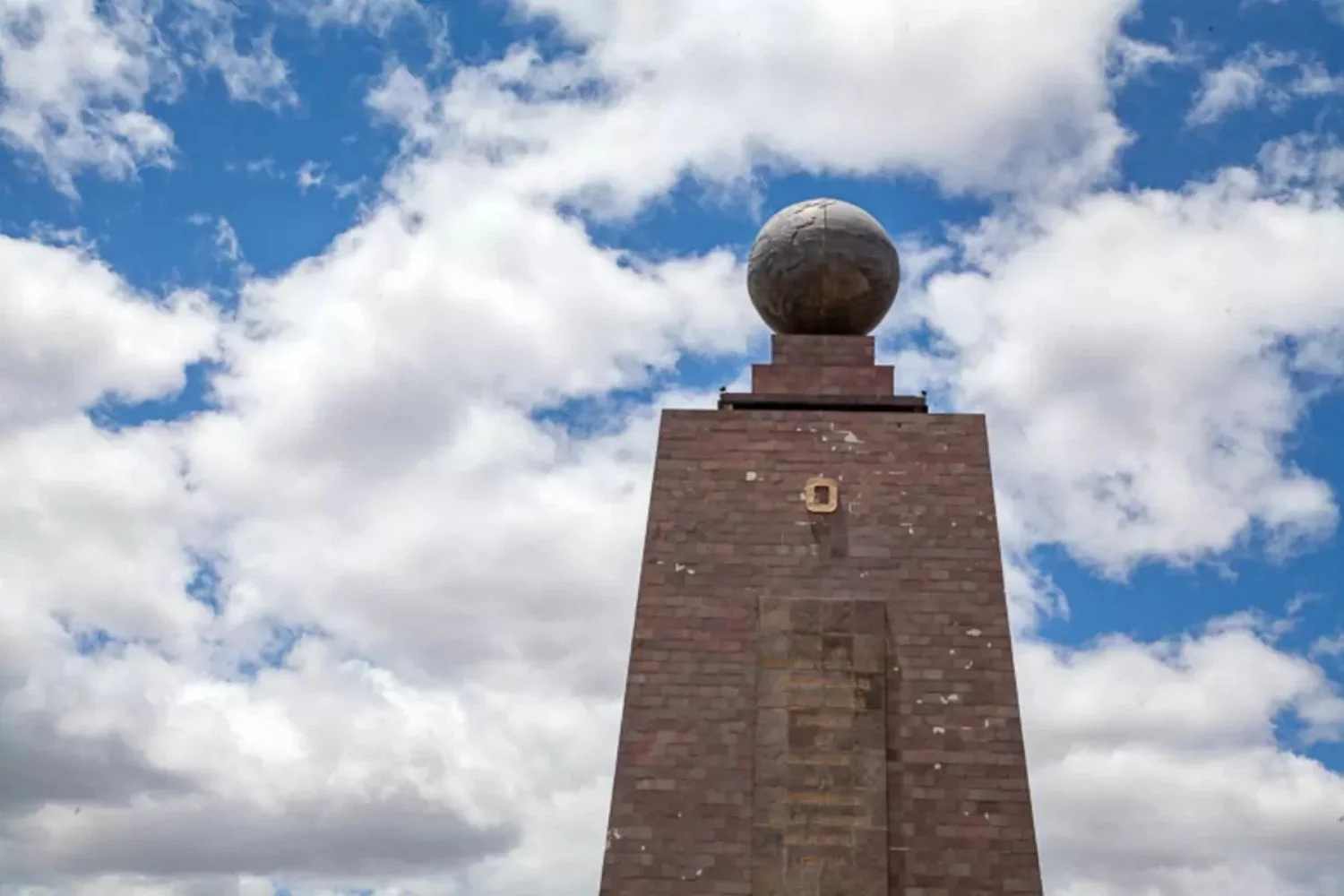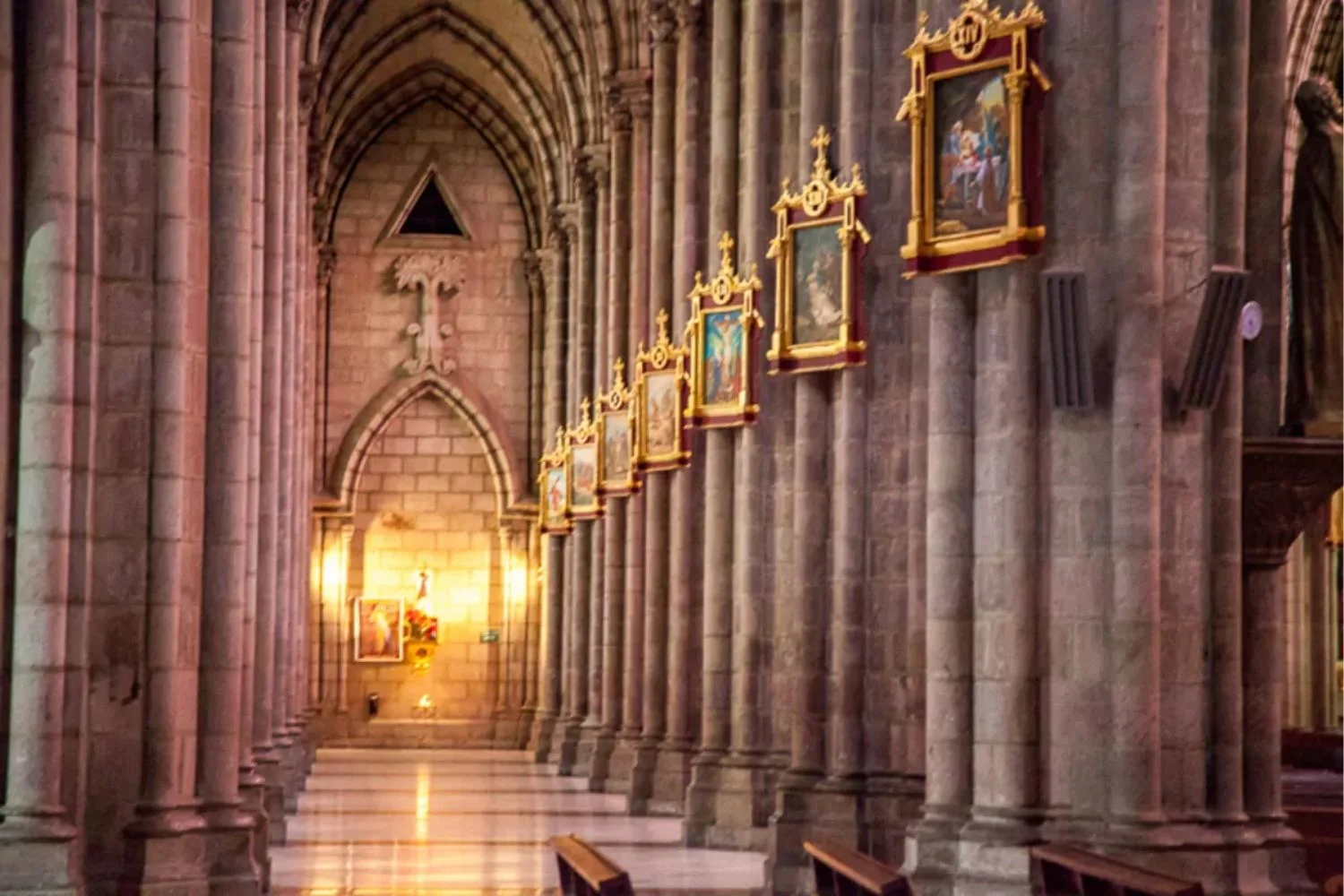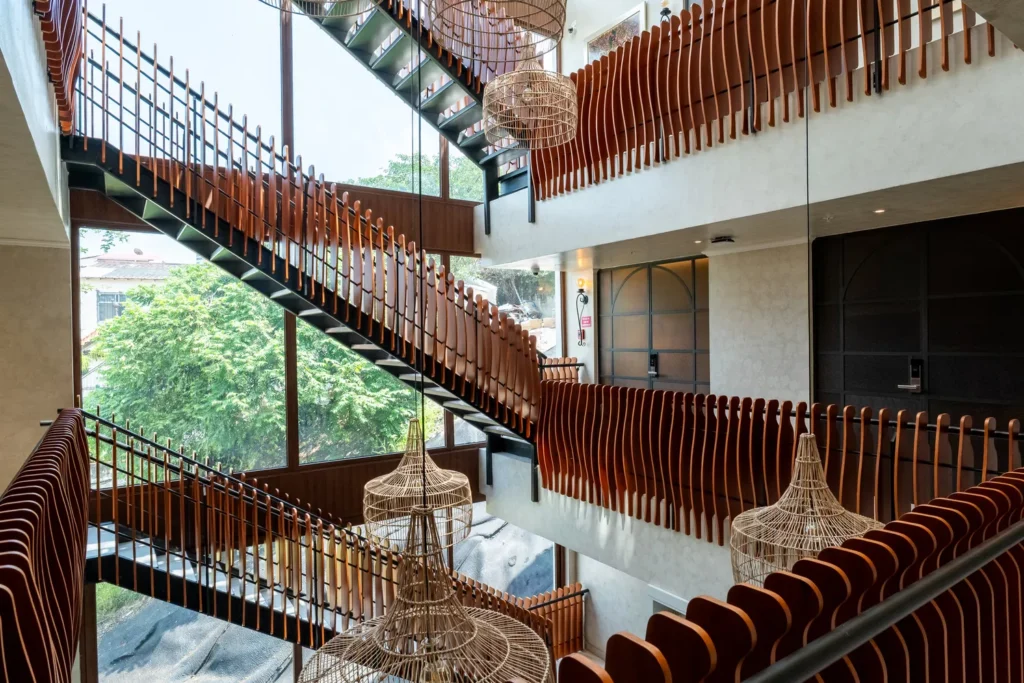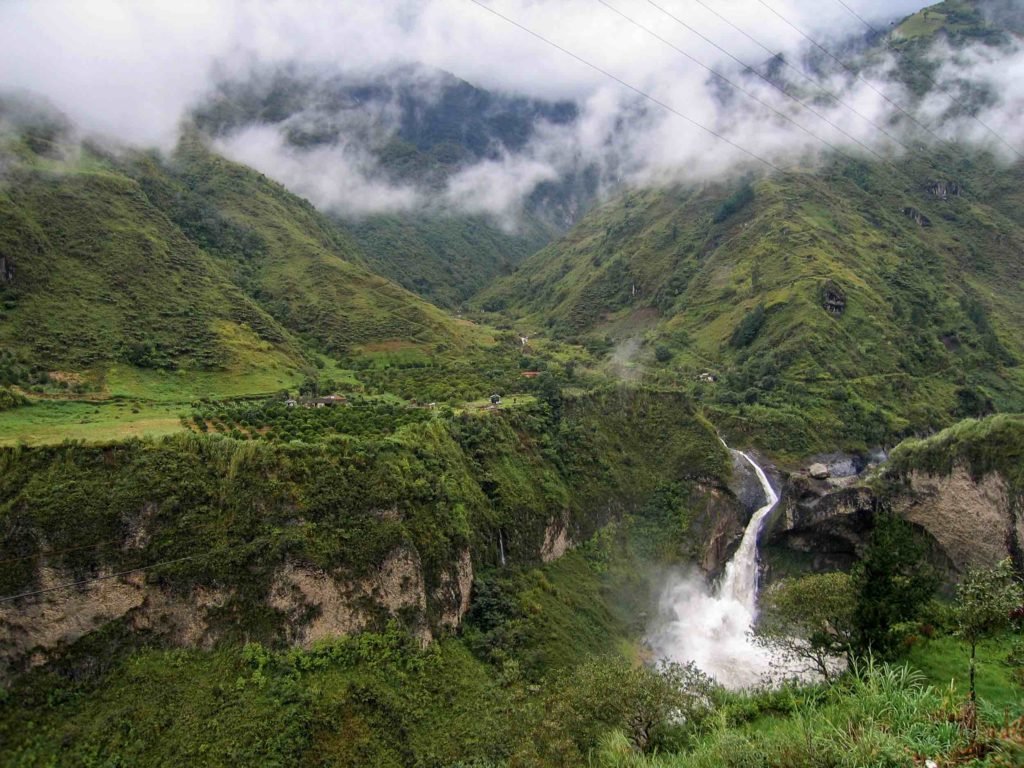Quito: Capital of Ecuador
Quito, Ecuador’s capital, rests in the narrow Guayllabamba River Valley at 9,350 feet above sea level. The city’s western edge is dominated by the snow-capped Rucu Pichincha and Guagua Pichincha volcanoes. Farther afield, a dozen other volcanoes punctuate the Cordillera Central and Cordillera Oriental. The largest of these living giants is Cotopaxi, fifty miles to the south and visible from Quito. Cotopaxi’s active, ice-clad cone juts to an impressive height of 19,347 feet.

Quito’s History
Quito’s proximity to the heavens is balanced by its deep historical roots. This valley was settled by the Quitu tribe in the first millennium. By the 10th century, the Caras people had founded the Kingdom of Quito here. The Inca followed in the 15th century, remaking Quito as a northern capital and counterpart to Cusco. Less than 50 years later, Sebastian de Benalcazar captured the region for Spain. The Spanish conquerors added to the city’s architectural strata, erecting monasteries, palaces, and churches.
Old Town Quito
Quito’s historic center, Old Town, is the best-preserved colonial city in all of South America. In recognition of its Baroque, Pre-Columbian, Spanish, and Moorish architecture, Quito was declared a UNESCO World Heritage Site in 1978—the first city anywhere to be granted this designation. Quito has a powerful ambiance—when you’re here, you know it. During the day, narrow streets bustle with indigenous artisans, uniformed school children, strolling couples, and smartly dressed businessmen and politicos.
Quito is packed with markets, museums, churches, and plazas. At night, the historic center glows under pastel-hued floodlights, as the distant glitter of hillside homes merges with the stars.

The Middle of the World
Quito colonial center is understandably the prime draw for the city’s visitors. But for those with more time, excursions outside the capital can add richness, texture, and adventure to the journey. One of the closest attractions to Quito is the Mitad del Mundo (Middle of the World) equator monument, located 15 miles or 30 minutes due north of the city. This massive, globe-topped pylon anchors the plaza and honors the achievements of the French Geodesic Mission, credited with deducting the location of the equator here in 1739.
Although this site caters unabashedly to the tour bus crowd, even our most serious clients can’t resist the temptation to photograph themselves with one foot in each hemisphere. The monument complex also includes a small ethnographic museum, a planetarium, and a miniature model of Quito.
Notably, a neighboring site known as Inti Ñan lays competing claim to the globe’s center.

Most LANDED clients spend two to three nights in Quito, often returning to delve deeper into its historic charm, thriving creative scene, and highland hospitality. Accommodations in Quito reflect the city’s blend of heritage and creativity, from lovingly restored colonial homes to contemporary hotels filled with local artwork.
Let LANDED curate your Quito experience—the perfect beginning to your exploration of the Andes, the Amazon, and the Galapagos.
What to do in Quito
Cradled in an Andean valley and crowned by colonial domes, Quito blends history with thriving artistry. Our trusted local collaborators—artists, chefs, historians, and adventurers—welcome LANDED guests with warmth and insider access.
LANDED can arrange private, customized experiences such as:
- Market visits, cooking classes, and chef’s table experiences
- Explorations of the city’s historic quarter
- Museum visits with art collectors, artists, or curators
- Single-source Ecuadorian chocolate tastings
- Photo workshops with master photographers
- Visits to the home workshops of contemporary artists
- Inside-access visits to the workshops of master woodcarvers, leatherworkers, and silversmiths
- Helicopter overflights of the Cotopaxi Volcano
Each experience is crafted to your interests—offering a deeper connection to Quito’s rich culture and landscape.
Outside the city, visitors can enjoy a variety of outdoor adventures LANDED arranges privately-guided horseback riding, whitewater rafting, and mountain biking day trips in the neighboring mountains and river valleys.
Other options include multi-day side trips to the Cayambe Valley, Otavalo, or the area around Cotopaxi Volcano. Here you can stay in elegant haciendas, visit highland market towns and textile workshops, and hike, bike, or ride in the Andes. Quito is also close to the Mindo Cloud Forest and the Papallacta hot springs.

What is the Weather Like?
Quito lies just 15 miles south of the equator. Accordingly, its latitude and altitude bestow a consistent, spring-like climate. Temperatures are remarkably consistent, typically ranging from 50°F to 65°F. The city experiences two distinct seasons: a dry season from July to October, with little rainfall and plenty of sunshine, and a wetter season from November to June, bringing about six inches of rain per month. Despite the rain, storms are usually brief, and the skies often clear quickly.
No matter when you visit, the weather in this area can surprise you. Mist and rain can be present at any time of the year. These averages are changing, please check extended weather forecasts using your favorite weather app prior to departure.

Getting There
Quito is served by the modern Mariscal Sucre International Airport, located just north of the city center. Direct flights arrive daily from major U.S. cities including New York (8.5 hours), Houston (5.5 hours), and Miami (4 hours). Regional connections from Lima, Peru and San José, Costa Rica make Quito easily accessible from across Latin America, each just over a two-hour flight away.
Planning to visit the Galapagos Islands? Flights from Quito take approximately two hours, making it a convenient launch point for your next adventure.
Start your journey today
LANDED delivers the finest in custom, private travel to Central America, South America, and Antarctica. These regions are our passion; we know them first-hand and by heart. Speak with one of our travel designers and let us create a tailored itinerary for you in Quito.
How to combine Quito
Have some extra time? Here are some options for you to combine with.



















